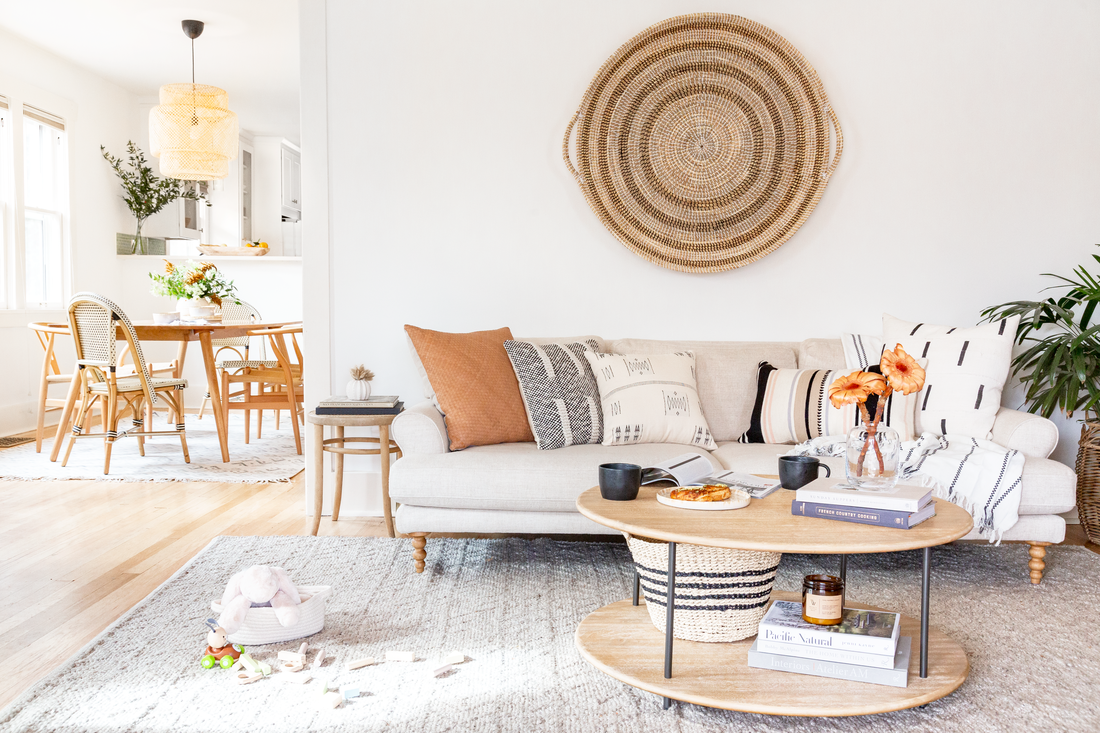Whether you’re just starting your design journey or you’ve been aboard the home enthusiast bandwagon since the glory days of glass blocks, Havenly’s new book makes the perfect travel companion.
It’s chatty. Resourceful. Loaded with colorful stories.
Havenly CEO Lee Mayer calls “Design the Home You Love: Practical Styling Advice to Make the Most of Your Space” “the ultimate guidebook, full of affordable and practical tips, style ‘recipes’ and frequently asked design questions.”
Lee should know. She wrote “Design the Home You Love” with her sister and co-founder of Havenly, Emily Motayed. Their goal: showcasing real-world design solutions for real-life design challenges.
Mission accomplished, says Fashion Designer Rachel Zoe: It’s “a perfect read for anyone looking to infuse more personality and style into their space, on their own time and budget, and in their own unique way.”
If you can’t wait to get your own copy of “Design the Home You Love,” which includes multiple views of Lee’s gorgeous Denver home, consider these five takeaways — and prepare to launch your next design project with confidence:
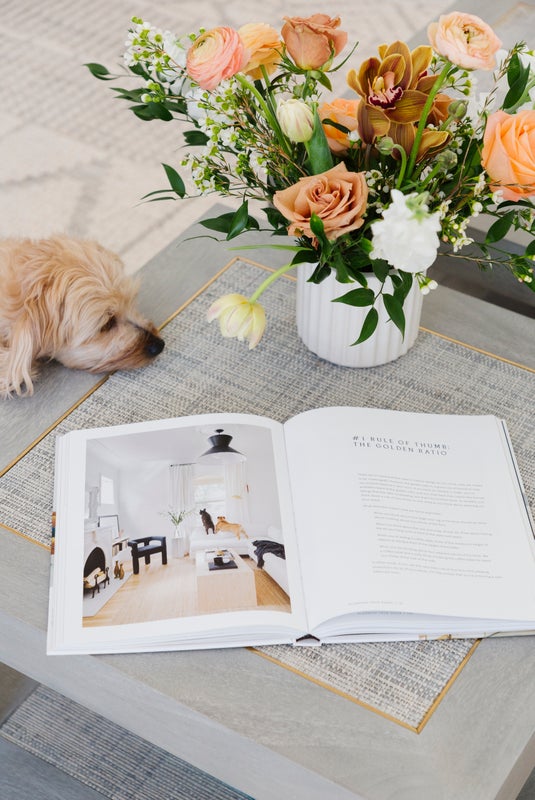
1. Size Matters
Size isn’t the sexiest topic in interior design. But getting it right makes a huge difference in the look and feel of a room. And it’s actually pretty simple to determine the appropriate size for a rug, artwork, table or more — when you follow the golden ratio.
“To simplify,” Lee writes, “just think about a rule of two-thirds or one-third when planning out your space.”
In other words, a rug should cover ⅔ of the floor. Hung art should cover ⅓ of the wall space. When placing two pieces of furniture next to each other, the smaller one — say, a coffee table — should be roughly ⅔ the size of the larger one (in this case, a sofa).
Using the golden ratio is all about finding pleasing proportions. Because pleasing proportions ensure a well-balanced room.
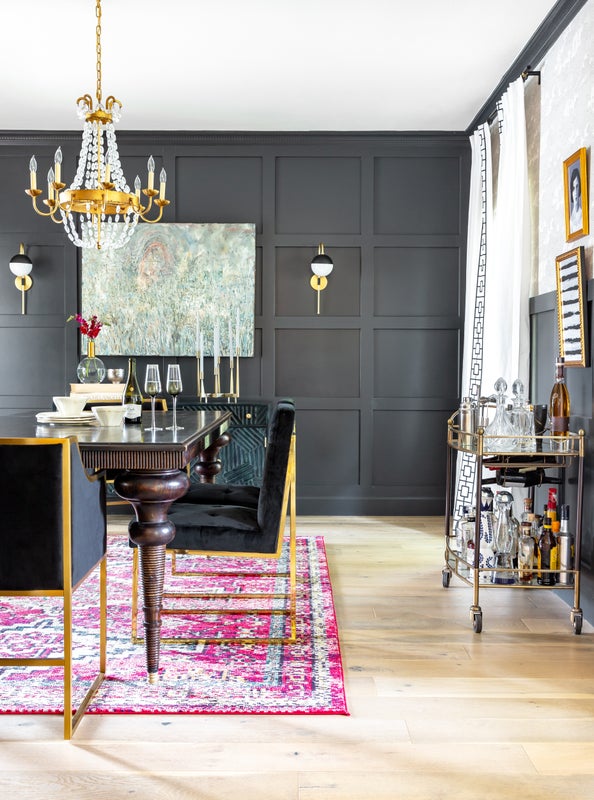
2. Books are Building Blocks
Books are the unsung heroes of interior design — the key to styling nearly everything, from entryway consoles to night stands. Let’s consider their role on shelves.
“Books are the most important part of your bookshelf, and you can think of them as the masonry on which to build your shelf styling,” Lee writes. “Start by identifying the books — ideally, a mix of books that really reflect your personality but are chosen with a nod to the aesthetics of the bookshelf.”
Take it from there with these pro tips:
- Shelve your books like they do at the public library, with book spines flush to the front of the shelf for a fuller look.
- Arrange your titles in horizontal and vertical groupings, and vary the size of the stacks and number of books in each group. We’re going for asymmetry, which is always more visually interesting than symmetry.
- Once your books are in place, scatter in decorative objects. Begin by placing your largest pieces of art, pottery or vases.
- Include a couple of organic touches, like a succulent or wood accent piece.
- Prepare to play. Styling a bookshelf is like solving a puzzle. You’ll probably have to redo your arrangements a few times to get all the pieces to fit and make one pleasing image overall.
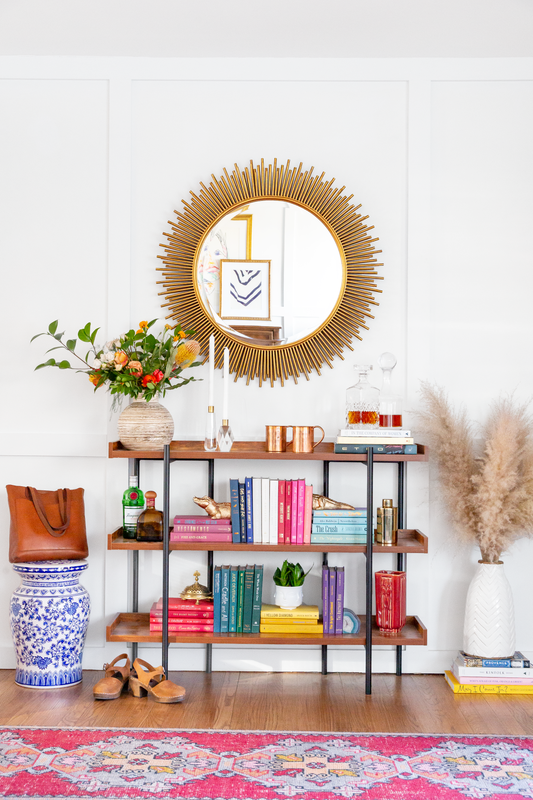
3. Pillows Are Like Friends
You can never have too many.
That’s because the perfect throw pillow can totally change the look of a room. And artfully arranged groups of pillows make a room feel done.
“The key to pillows is mixing and matching colors, textures and patterns,” Lee writes. “You want to create a totally finished feeling with variation, so that nothing feels too same-same.” The enormous number of pillows on the market can make curating the perfect combination of cushions feel overwhelming, Lee acknowledges.
In general, Havenly’s favorite combinations rely on pillows that have some movement in the pattern. They’re striped or tribal-inspired. They may be a solid color but feature a chunky texture or embroidered details.
No matter the color palette of your pillow grouping, keep it contemporary and elegant to avoid a fussy, old-fashioned look.
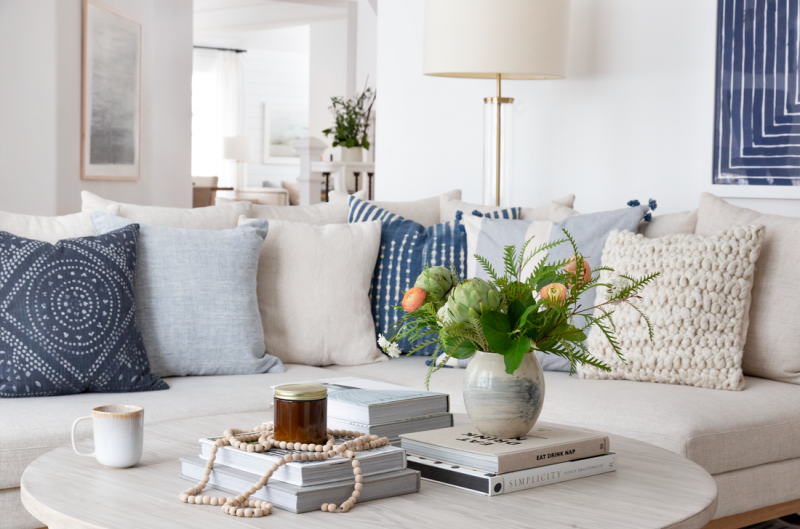
4. Use Color Intentionally
Color sets the mood for your home.
Lee’s home, for example, is light, bright and neutral with subtle pops of soft blue. The result is a restful retreat.
Blair Eadie’s Florida home, on the other hand, is as vibrant as the fashion influencer’s eclectic wardrobe. It’s 1,900 square feet of saturated colors against white walls and concrete flooring.
If you want a serene space, think like a spa and lean into whites, pale neutrals and cool colors.
If you prefer an energizing space, your best bet is a palette of warm colors. That’s why fast-food restaurants order up oranges, reds and yellows.
(Can’t decide which spoke of the color wheel to land on? Take the handy color quiz in “Design the Home You Love.” It’s on Page 103!)
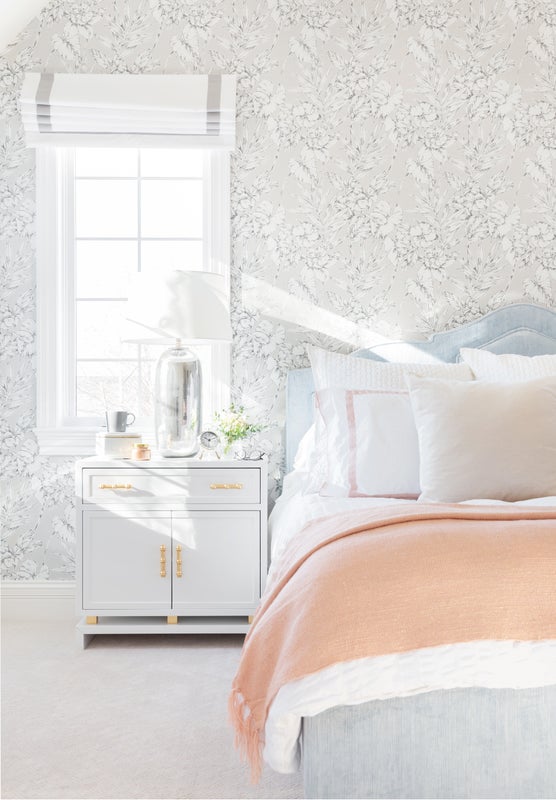
5. You Can Say “I Do” To a Marriage of Styles
When a minimalist marries a bohemian, what is the couple to do? Compromise, of course.
Find design bliss with your spouse, domestic partner or roomie by finding common ground. A few pointers:
- Discuss what each of you wants out of a space — not only its primary function but also its overall feeling.
- Consider choosing one person’s style preferences for foundational pieces such as a sofa or dining table and let the other person’s style shine in accessories.
- Shop together but, before you hit the store or website, set parameters (budget, priorities, style, etc.).
- Focus on what your divergent styles have in common. For example, if you’re oh so glam and he’s more mid-century modern, spice up your space with a dramatic Sputnik chandelier you can both fall madly in love with.
- Stay optimistic. You will encounter design challenges. You will solve them together.
And you’ll probably learn a lot about yourselves and each other in the process. That voyage of self-discovery is the best part of every design journey.
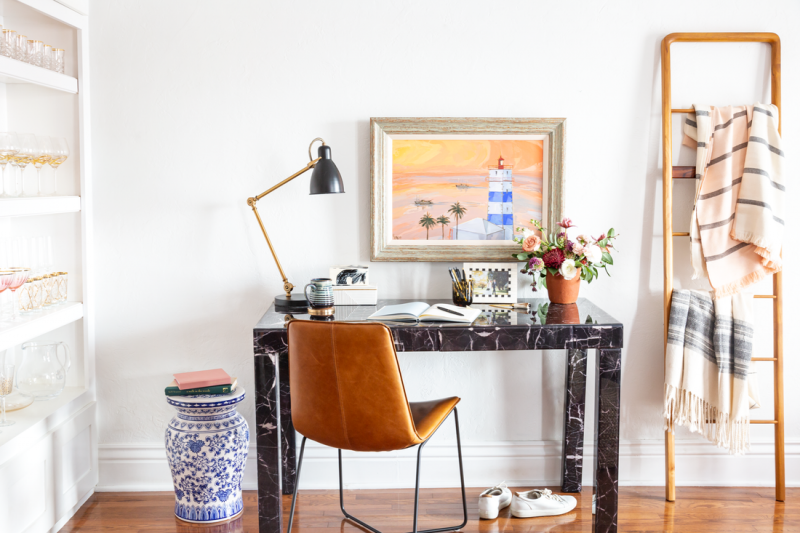
Everyone deserves a beautiful home. Find a designer to help you achieve your design dreams!

